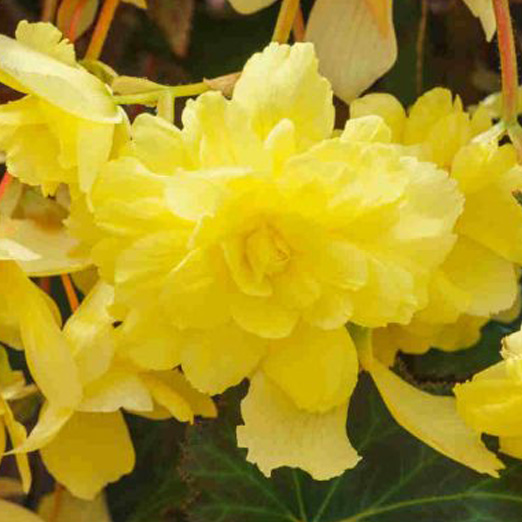How to grow Erysimum
When many of us hear ‘wallflower’, we tend to think of the herbaceous (soft stemmed) spring-flowering annual or biennial cottage garden bedding plants. At Hayloft, we sell both these and their longer lasting, woody-stemmed relative, the perennial wallflower. The latter have a vigorous rate of growth and are quick to form neat mounds of (usually evergreen) narrow, green foliage, from which dense racemes of flowers are produced. Most wallflowers flower exceptionally long and hard, often for the entirety of spring and summer, and, in milder parts of the country, sometimes even all year round.
While longer lived than the bedding varieties, perennial wallflowers do tend to be short-lived, becoming somewhat leggy and untidy after a few years. Fortunately, they can be easily replaced by young plants raised from cuttings (see ‘How to propagate erysimum’ section for more details).
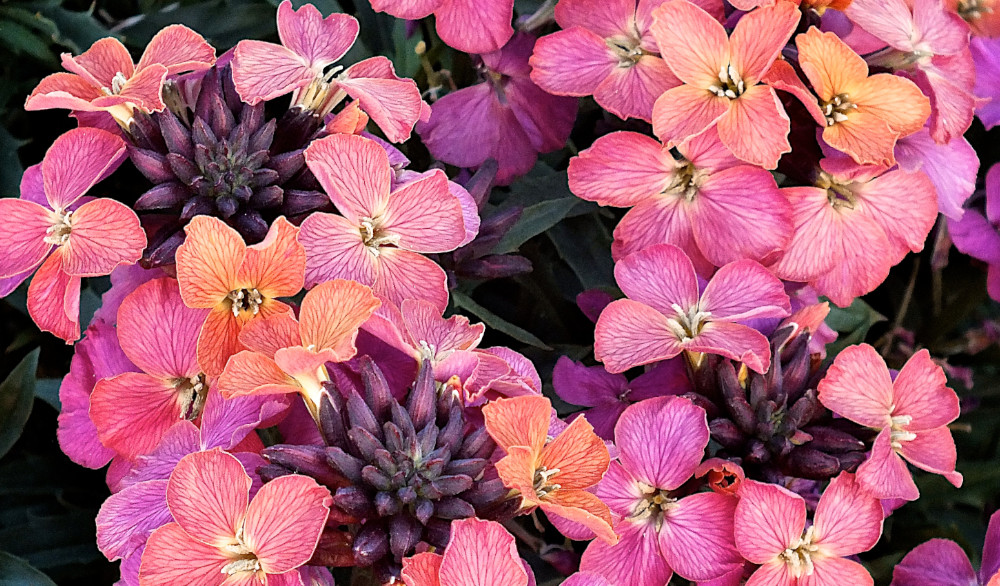
Key Information
Soil pH
Position
Hardiness

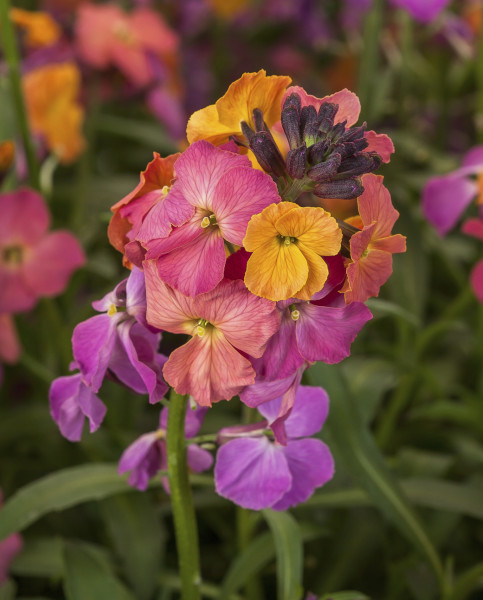
Where & when to plant Erysimum
Position- Full sun
Soil- Will grow in almost any well-drained soil, though the ideal is poor to moderately fertile, alkaline soil. Erysimum are good plants for chalky conditions.
Flowering Period- Spring and summer (some varieties can start in late winter)
Hardiness- All of Hayloft’s erysimum are hardy, some to -5°C, some to -10°C. Check individual variety for details. Hardiness is reduced where soil sits wet over winter; ensure good drainage to avoid problems.
In all but the mildest areas, erysimum are best planted in spring.
Planting can also be done in the summer months, providing a watchful approach to watering is taken until plants are established.
Erysimum planted in autumn may require cold protection during their first winter.
As the common name suggests, these perennial wallflowers have an affinity with stone and rock, rather than rich, moist soil. They can be grown in (largish) wall crevices, rock gardens,
or a well-drained border. They can also make excellent container plants, providing a gritty compost is used. Their appearance suits a variety of garden styles, from cottage, to mediterranean, to the formal border.
How to plant Erysimum
· Clear the area of weeds
· Dig an extra deep planting hole, adding grit if drainage requires improving
· Place the plant in the hole
· Backfill with soil and gently firm in with foot
· Soak well with water
· Mulch around the base with gravel
· Continue to water well until fully established
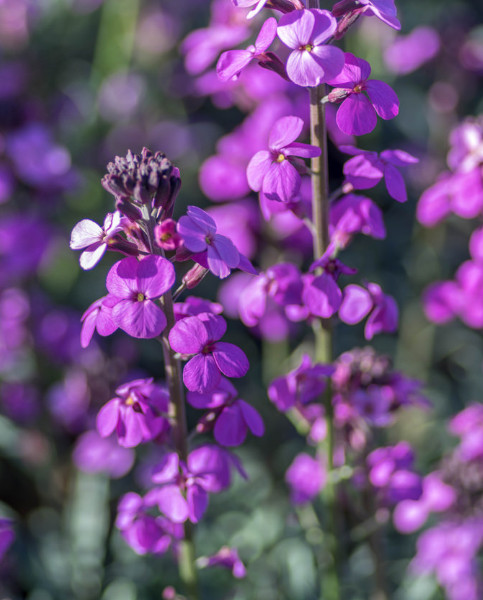
What to plant with Erysimum
Wallflowers make excellent ‘fillers’, managing to look good planted alongside almost anything. Try pairing purple varieties with the acid greens of euphorbia and alchemilla, along with a couple of striking tulips for extra zing.
Varieties with a warmer colour palette make perfect bedfellows for classic ‘hot’ border plants, such as achillea, helianthemum and hemerocallis.
If you would like any further planting ideas or growing advice for your erysimum, please contact our friendly and knowledgeable Customer Care Team - we will be more than happy to help you.


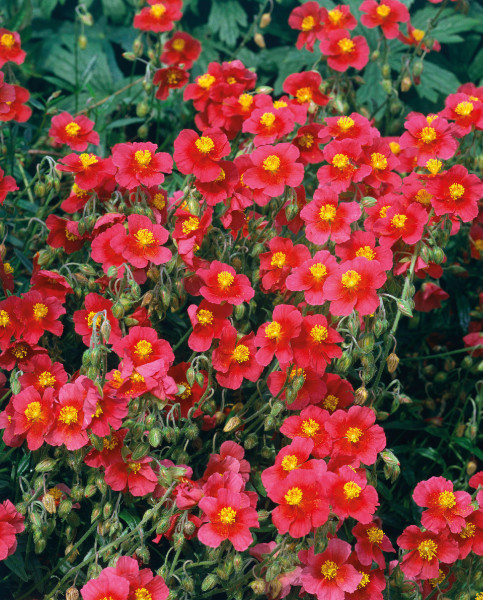
How to care for Erysimum
Pruning and Deadheading
Deadhead regularly throughout the flowering period to encourage the formation of more flowers.
Trim perennial plants back lightly after flowering, to reduce ‘legginess’. Take care to avoid cutting into older, woody growth, as plants will rarely regrow from this.
Watering
Water well until established. Erysimum tend to be fairly drought tolerant after this.
Cold Protection
Hardiness varies among our erysimum. Some (half-hardy varieties) are only able to cope with a mild winter, and may require frost protection if temperatures drop below -5°C.
Others are hardier and will tolerate much colder without the need for protection.
In all cases, hardiness is reduced when the plant is grown in poorly draining, excessively wet soil. Ensure a well-drained spot is chosen to avoid problems.
Check individual variety for further details.
Pests and Diseases
Grown in the right conditions, erysimum tends to be fairly pest and disease free. However, as a member of the brassica family, it can occasionally suffer damage from flea beetles, when leaves becoming peppered with lots of small holes. While unsightly, this rarely has much of an effect on the overall health of the plant. Encourage natural predators such as birds and frogs into the area to help restore balance.
Downy mildew can also appear, often a sign of excessive moisture and poor airflow. Avoid dense planting and control weeds to increase airflow. Plant only in well-drained conditions.
How to propagate Erysimum
ANNUAL/ BIENNIAL
Collect ripened seed after flowering, or allow to self-sow naturally in the garden.
PERENNIAL
Take semi-ripe cuttings in spring or summer:
· Find non-flowering shoots of the current year’s growth, soft at the tip and woody at the base
· Snip off the plant, if possible taking a longer piece than the ideal eventual length of around 10cm (to allow for trimming)
· Put cuttings in plastic bag straight away, to prevent drying out
· Fill container/s with a perlite-heavy compost mix (at least 50% perlite)
· Trim end of cutting to just below a node (point at which leaves grow)
· Remove lowest leaves and soft tip, leaving 2-4 leaves
· If remaining leaves are large, cut in half with a sharp knife (to reduce water lost through transpiration)
· Insert cuttings into compost and water well. You can have several cuttings in the same container if there is enough space to do this without them touching.
· Place in a greenhouse if you have one, or covered with a plastic bag on a windowsill if not (out of direct sunlight)
· Keep compost moist but not saturated until cuttings root; look for roots appearing out of the bottom of the container
· Gently remove from container, put into individual pots, and grow on until large enough to plant outside or pot up into permanent container. Half-hardy varieties will need to be overwintered under cover (in a greenhouse or coldframe) then planted out in spring.
Common Erysimum Questions
Will I get away with planting my erysimum in partial shade?
No, full sun is essential for these sun-worshipping plants.
Are erysimum good for pollinators?
Absolutely. These long-flowering plants are a vital source of nectar for a wide range of pollinators, making them a perfect choice for wildlife gardens.



